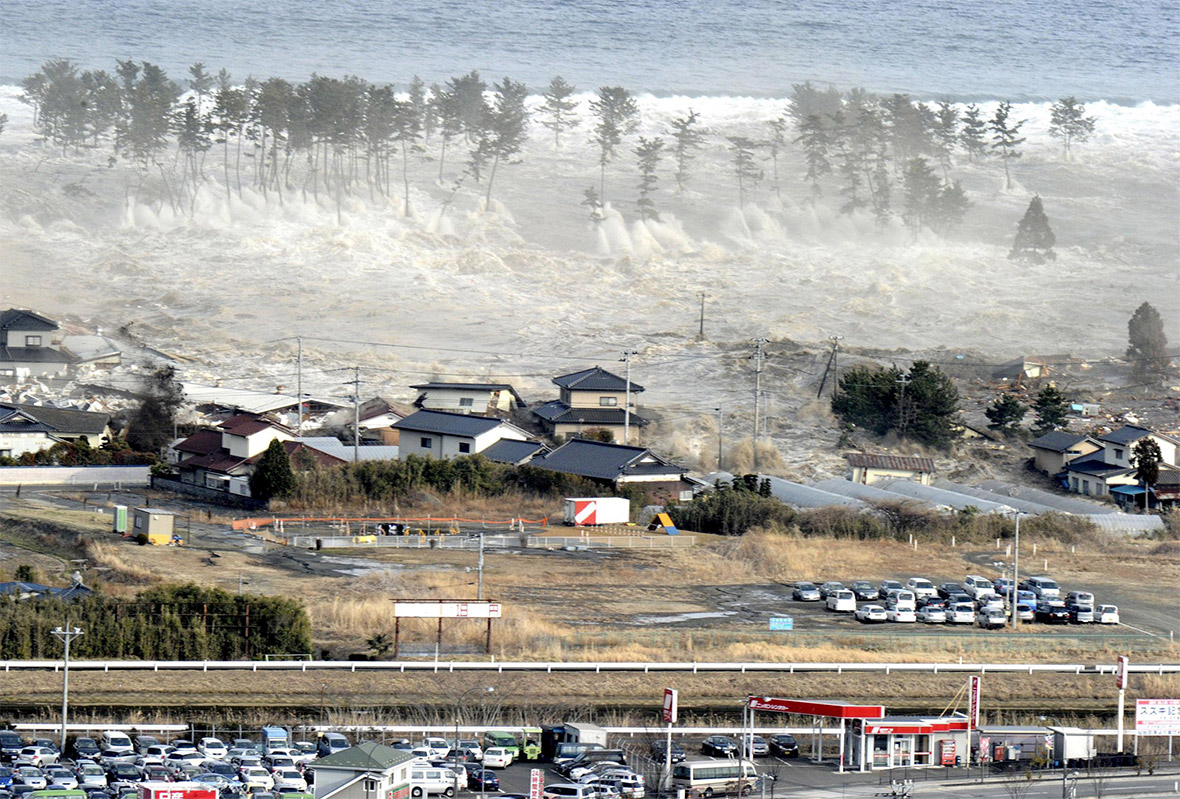The possibility of using drones to deliver humanitarian aid in the wake of natural disasters in the Asia-Pacific region will be investigated as part of a new research project.
For the next nine months, a research team funded by the Australian Red Cross and the Department of Foreign Affairs will examine how drones could help in relief efforts.
"After a natural disaster, one of the most critical elements is time," said Peter Walton, Director of International at the Australian Red Cross.
"The aim is [to find out] is this a way to get humanitarian aid to be more effective and faster?"
The team will head to Fiji — hit by Cyclone Winston earlier this year — and other South Pacific countries.
To begin with, researchers will assess what drones can do after a severe cyclone that conventional aircraft, like planes and helicopters, cannot.
After recent cyclones in Fiji and Vanuatu, it was several days before many areas could be safely overflown to assess damage.
"The cloud cover was low, the weather conditions were very poor," said Mr Walton.
"Drones offer us an ability to actually fly at much lower levels. [They] give us the opportunity to get GPS coordinates so we know exactly what has happened where."
Patrick Meier, executive director of WeRobotics and a leading expert in the use of drones in humanitarian assistance, said drones could fill the "vacuum of information" in the wake of a disaster.
"Understanding who has been affected, how badly, and where, is absolutely key. Otherwise you're just guessing," he said.
Based in Washington, DC, Mr Meier will lead the research project in the South Pacific. He also worked in the region in Vanuatu after Cyclone Pam in 2015. His team used drones to assess recovery efforts.
"This is important, because we need to identify the price, the costs of the damage in order to basically be able to rebuild."
 PHOTO: The aim of the project is to permanently base drones in South Pacific countries. (ABC News: Norman Hermant)
PHOTO: The aim of the project is to permanently base drones in South Pacific countries. (ABC News: Norman Hermant)The study will look at some of the potential issues surrounding the use of drones, such as whether they comply with local aviation laws, and making sure their operation does not offend cultural sensitivities.
Ultimately, the goals will be to permanently base drones in South Pacific countries and train local operators.
"It takes time to fly international teams, it takes money to fly international teams around the world," said Mr Meier.
"Why not work with first responders, who are by definition the local partners and the local communities, and build their capacity?"
The study will also look at what is the holy grail for drone operators who work in humanitarian relief: the possibility that drones could eventually be used to deliver vital emergency supplies, such as medicine and food, to areas isolated after a disaster.
"As Unmanned Aerial Vehicles (drones) become more available, more common, then I think it's absolutely feasible that we could look at dropping essential aid items," said Mr Walton.
"But firstly we have to make sure that it's possible."


